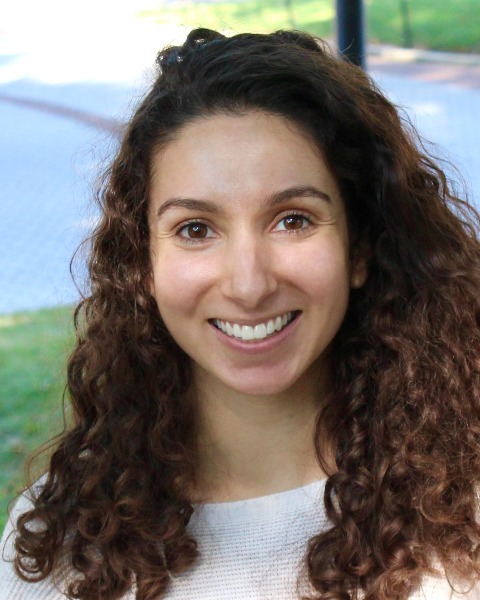Symposia
Child / Adolescent - Depression
3 - (SYM 13) How Do Subjective Social Status and Objective Neighborhood Resources Relate to Adolescent Depression?

Rebecca Mirhashem, M.A. (she/her/hers)
Graduate Student - Clinical Psychology PhD Program
Stony Brook University
Sound Beach, New York- DT
Daneele Thorpe, M.A. (she/her/hers)
Ph.D. Candidate
Stony Brook University
Ridgewood, New York 
Isaac L. Ahuvia, M.A. (he/him/his)
PhD Student
Stony Brook University
Port Jefferson station, New York- KF
Kathryn R. Fox, Ph.D.
Assistant Professor
University of Denver
Denver, Colorado .jpeg)
Jessica Schleider, Ph.D. (she/her/hers)
Associate Professor
Northwestern University
Stony Brook, New York
Speaker(s)
Co-author(s)
Background: Past research indicates that adolescents’ subjective view of their social and socioeconomic status is a significant predictor of their mental and physical health outcomes, including depression. However, it remains an open question how much this relationship reflects adolescents’ actual socioeconomic status (here measured by levels of neighborhood resources), versus how much subjective social status alone uniquely impacts depression severity.
Method: We leveraged an online sample of 2,452 adolescents with elevated depression symptoms from all fifty U.S. states (https://clinicaltrials.gov/ct2/show/NCT04634903). Adolescents’ ages ranged from 13-16, 88% were assigned female at birth, and 80% held a sexual minority identity. In terms of race, 4% were American Indian, 13% were Asian, 10% were Black, 2% were Native Hawaiian, 19% were Hispanic, and 67% were White. P</span>articipants' ZIP codes were used to link to data on neighborhood resources using the publicly-available Child Opportunity Index (COI). We used linear regression and commonality analysis to examine the strength and direction of the association between subjective social status (MacArthur Scale), objectively-assessed neighborhood resources (COI), and self-reported depressive symptom severity (CDI-2).
Results: We found a weak, positive correlation (r = .27) between subjective social status and overall neighborhood resources. In a combined model, subjective social status was a significant predictor of depression scores (p < .001), while objective neighborhood resources were not. Our commonality analysis results found that subjective social status uniquely explained 4.59% of the variance in depression symptom severity, objective neighborhood resources uniquely explained < 0.01%, and 0.20% was shared.
Conclusion: These results demonstrate that among depressed adolescents, subjective social status may be a better predictor of depression symptom severity than objective indicators of neighborhood resources. This highlights the value of asking adolescents about their perceptions of structural variables and not solely relying on objective measures to better understand adolescent depression.

